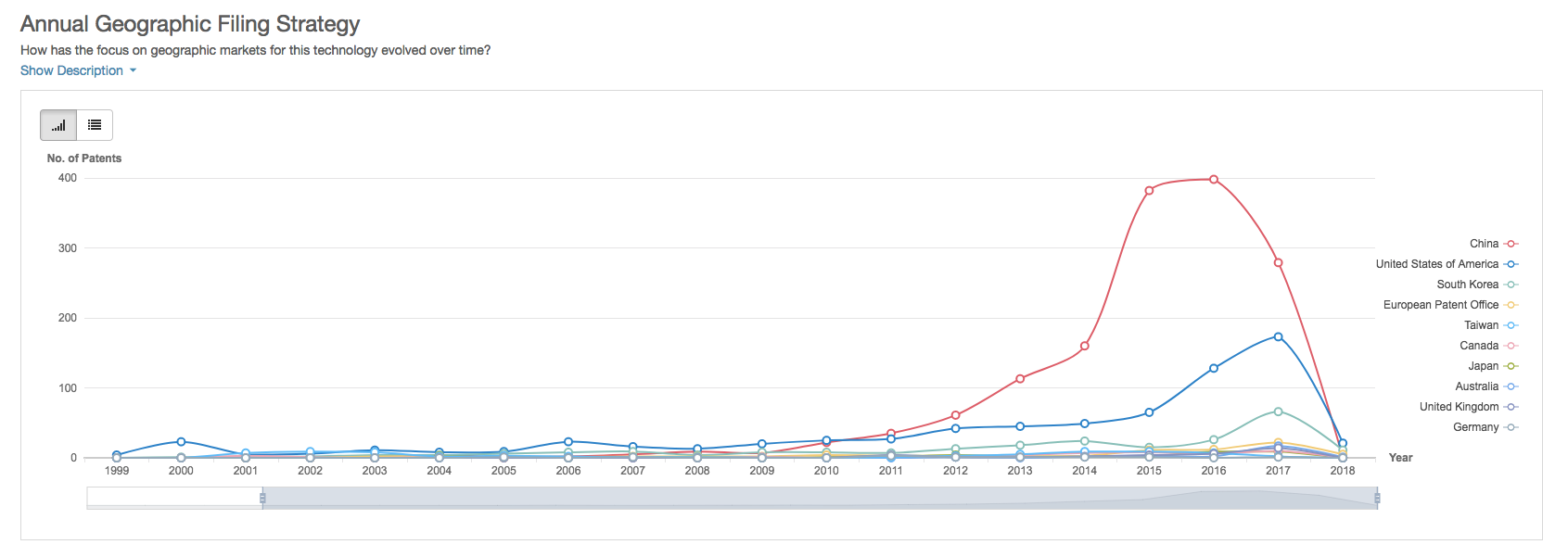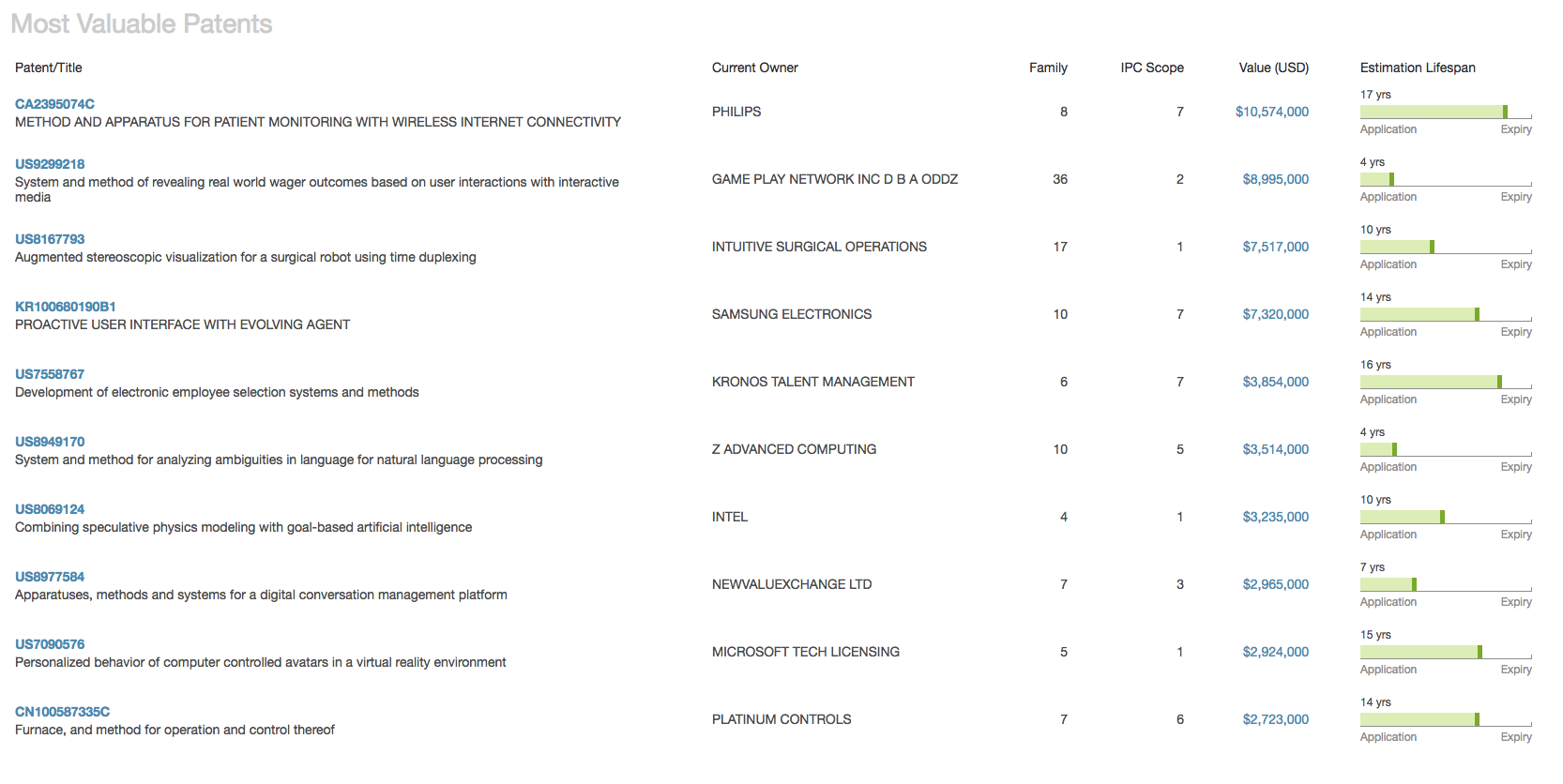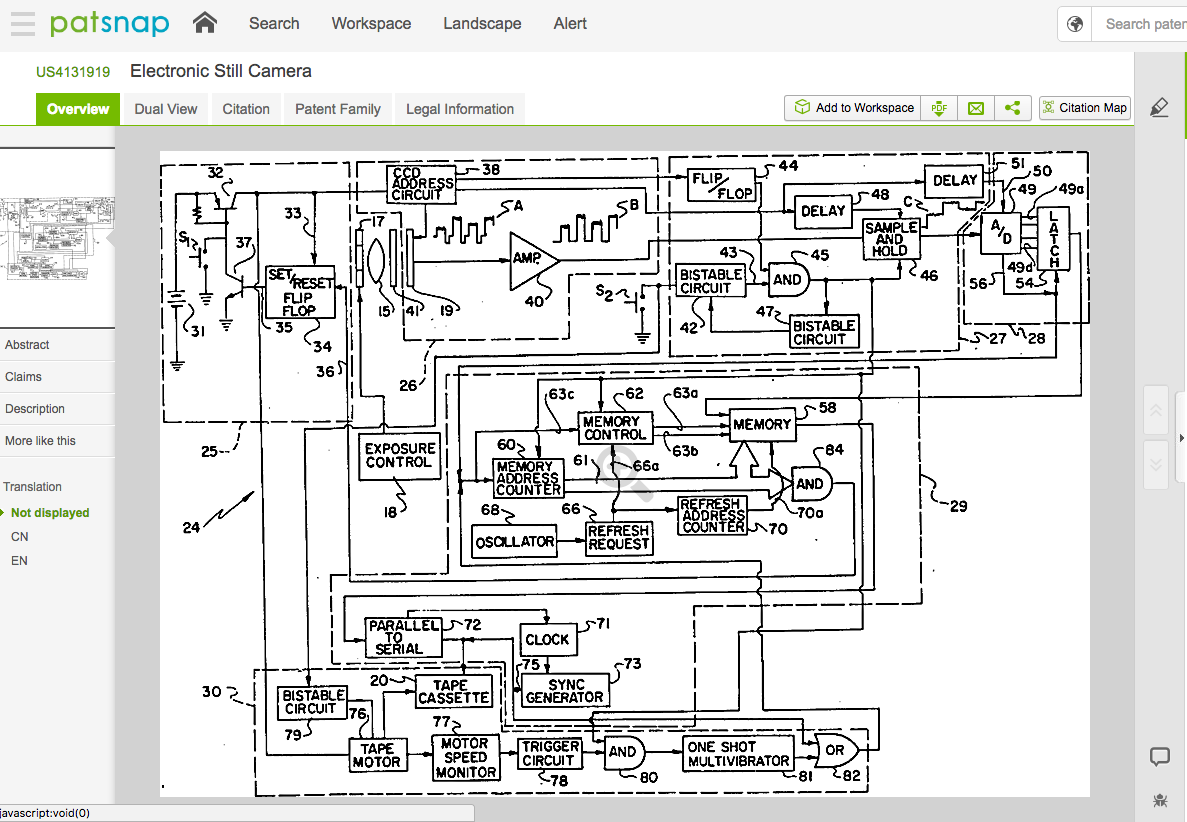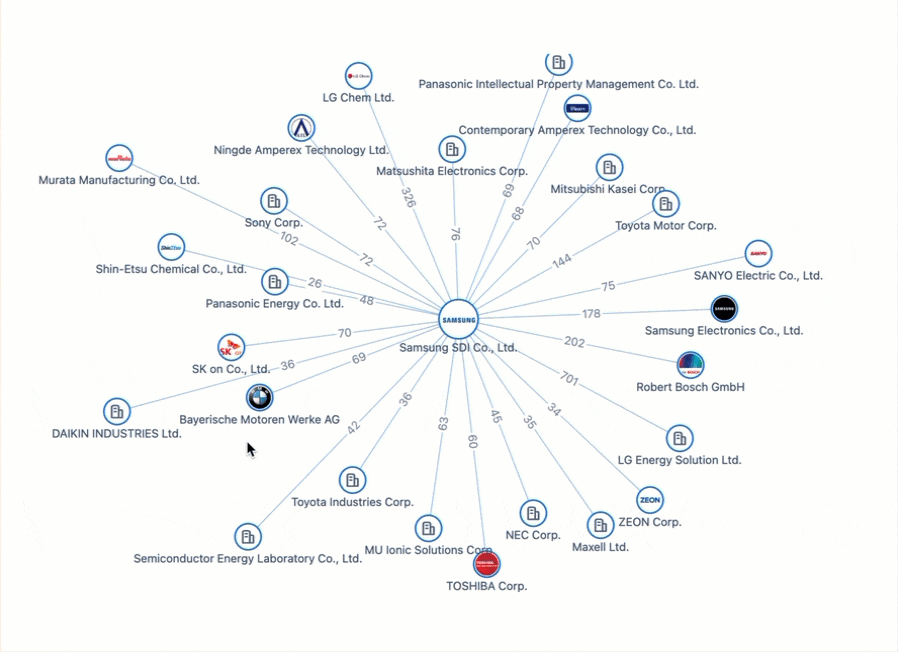4 strategies to maximize the value of your IP assets
If a patent was real estate, how could you maximise its value? You’d probably start looking in a good location—in an up-and-coming area close to other valuable properties but with some unique selling points. Perhaps a large garden, en suite and a modern family kitchen? And maybe you can make more money in the long term by renting out your property instead of selling it?
Your patent portfolio could benefit from a similar strategy. Dylan O.Adams, senior patent attorney and Amazon bestselling author of “Patents Demystified”, explains that if you file a patent in a good location, have broad claims and license or sell your technology, you can do very well in maximising the value of your IP.
File in a good location
The valuations of IP are defined by many factors— one is location. If patents are treated like real estate, senior leaders are bound to ask what are my assets and where are they located. A large house in Scunthorpe may not be as strategically valuable as one building in the centre of London. If you can identify a jurisdiction that has highly valuable patents on technologies in your industry, the chances are that your patent will be worth more if you file there.
Some enterprises file hundreds of patents each year and have a portfolio of patents in their thousands. They usually have the liberty to file a patent for every invention and spread their bets in the hope that 1 out of 10 patents might be valuable. Unlike start-ups, larger companies can afford to do this because they have bigger budgets.
Smaller companies need to focus their IP strategy to understand where their patent will be commercially valuable. Dylan explains that if you file a patent in a booming marketplace, in creates the perception that your technology is valuable and this is one way to increase the value of your IP. As a result, it will attract investors.
“You want to make it seem like it’s a really important field.‘This is the downtown London or New York. This is the Manhattan of technology.’ Even if it’s a small piece of protection, it can be very valuable. When it comes to selling patent assets or enforcing them, attracting investors and business partners is all part of the perception.”
One way to identify a booming market is through patent analysis. If you’re looking to file a patent for artificial intelligence related technologies, you could identify which jurisdictions have the highest active and pending patents in this area.

(PatSnap platform)

(PatSnap platform)
Alternatively, you could look at the patent valuation and identify which patents hold the highest valuation and where they are filed.

(PatSnap platform)
Broad patent claims and continuations
One of the most important determinants of patent value is the number of independent claims. The reason for this is because claims are expensive to draft and prosecute—so filing fees are more expensive for patents with many claims. This provides a number of benefits for a patent family:
- Wider freedom to operate
- More assertion opportunities for the patentee
- Harder to invalidate due to the expense of attempting to invalidate the claims
Often patent attorneys will negotiate with patent examiners to get broad claims. After negotiation, the claims will get whittled down to the novel and non-obvious features. If you have filed a patent with narrow claims, it’s easier to invalidate because there might only be a few features described. Any competitor can change one small feature described in the patent and get away with it because technically they haven’t “infringed.”
You can also file continuations of your patent if you think that, in the future, there might be something you will need to protect. Dylan suggests that looking at a competitor’s product in front of you and reading the patent can help you understand the technology better. This can help in drafting continuations because when a patent has a continuation, you can specifically target competitors and that’s a good way to add value to your patent. If you have broader claims, more people are unwilling to challenge your patent and it ensures that you have covered wide grounds to protect your technology—like a moat around your property.
“You need to build a moat around that patent because patent assets are not binary. It’s not just about having a patent or not having a patent. The question you want to think of is, how broad is that patent and how many different variations that are similar to my invention are covered with that?”
You could analyse patents in your industry to learn from the claims in highly valuable patents. Although drafting claims is something that your patent attorney is responsible for, it can be useful for you to understand the novelty and non-obvious features in patent claims. This can help you to identify unique features of your technology with your patent attorney, and assess areas where you may need protection in the future.
Treat your patent attorney like a business partner
Patent attorneys don’t just do the legal paperwork. If you’re a start-up, you can do very well in maximising your IP if you find a patent attorney who can give you strategic business advice. Often businesses only go to patent attorneys when they want a freedom to operate (FTO) opinion or when they want to file a patent. However smaller companies that don’t have lots of budget—like larger enterprises—need to ensure that they are filing patents for technology that is going to be commercially valuable for the business. If you find a good patent attorney, you need to ask the right questions to align your IP strategy with your business’s overall goals. If you can get that right, you can maximise the value of your IP assets because you’re not filing patents just for the sake of filing them— you’re focusing on the patents that will bring value to your business.
Dylan explains, “It’s not just about filing paperwork. That’s the easy part. What’s difficult, especially for companies that don’t have seemingly unlimited budget, is that you have to be very selective. It’s a bespoke specialised process with start-ups. They don’t have the money in the beginning to invest in every single little thing they’ve invented. You need to think about the commercial product that’s going to be the core of the business and you need to protect what they will be doing in the next 5 or 10 years.”
License, sell or use patents as collateral
There are different ways you can generate revenue directly from your valuable IP assets. You could license your technology to another company. This might be a good strategy if you are a start-up and perhaps don’t have the resources to fully launch your product to the market. You could license your technology to a larger and more established company that has an existing presence in that market and gain royalties for each product they sell.
Alternatively, you could sell your patent to another company. This is what Google did when it sold its Motorola Mobility patents to Lenovo for $2.91 billion. Although Google bought Motorola Mobility’s patents for $12.5 billion, it expressed that Lenovo would get better use out of those patents because they weren’t valuable to Google anymore.
However, one interesting way in which you can take advantage of the value of your assets is by using it as collateral in business. This was demonstrated by Kodak who were late to realising the potential of digital photography. Kodak had 7,800 patents on digital photography which they used as collateral to secure $965 million line of credit during its bankruptcy.
Dylan explains, “They [Kodak] didn’t need to sell the patent assets and they didn’t need to license anything. They were able to tap their patents and get value out of it as collateral in a bank loan, which really helped them restructure the business.”

(PatSnap platform)
About Dylan O.Adams
Dylan is a senior patent attorney at Davis Wright Tremaine LLP and author of Patents Demystified, which is an insider’s guide to patents for startups, entrepreneurs and inventors.
He helps companies of all sizes to protect their ideas and inventions. His focus is on drafting and filing patent applications, patent portfolio planning and maintenance and patent litigation.
Dylan’s technical background includes graduate work in wireless communications, smartphone applications, computer learning, robot manipulators, digital signal processing, and computer communication networks.
LinkedIn: https://www.linkedin.com/in/dylanadams/
Website: https://www.dwt.com/
Book: #
Your recommended content
-

Patsnap Surpasses US$100 Million in Annual Recurring Revenue
Category: Article | Category: News/PR
Wednesday, June 12, 2024
Patsnap has reached a significant milestone of achieving $100M in Annual Recurring Revenue (ARR), marking an impressive 20% year-over-year growth in 2023. This milestone highlights the massive and meaningful value our platform brings to over 12,000 IP and R&D teams across 50 countries, driving efficiency, productivity, and collaboration.
-

Introducing Hiro, an AI assistant built for IP and R&D workflows
Category: AI advancements | Category: AI development | Category: AI-tools | Category: Article | Category: artificial intelligence
Tuesday, May 14, 2024
Powered by Patsnap’s industry-specific LLM, Hiro is designed to streamline IP and R&D workflows from ideation to product launch. With its robust AI capabilities, Hiro brings a new level of efficiency, precision, and security to tasks that were once time-consuming and labor-intensive.What sets Hiro apart is that it draws from our large language model that’s been trained on market-leading patent records, academic papers, and proprietary innovation data. This ensures we deliver more accurate and reliable results for every prompt.
-

Powering the Future of Electric Vehicles: The Battle for Battery Innovation and Patents
Category: Article | Category: battery technology | Category: electric vehicle | Category: EV | Category: lithium ion | Category: lithium ion battery | Category: NEV | Category: new energy vehicles
Monday, April 22, 2024
In the ever-evolving landscape of innovation, the electric vehicle (EV) industry stands as a beacon of technological transformation. As we explore the patents propelling the EV revolution, Apple's venture serves as a poignant example of the challenges even industry giants face in this competitive arena. Join us on a journey through the global patent landscape, where the quest for superior power solutions unfolds, and where the true pioneers of the EV revolution are making their mark.